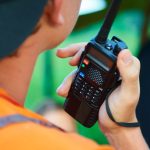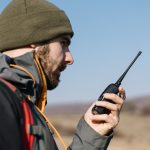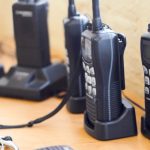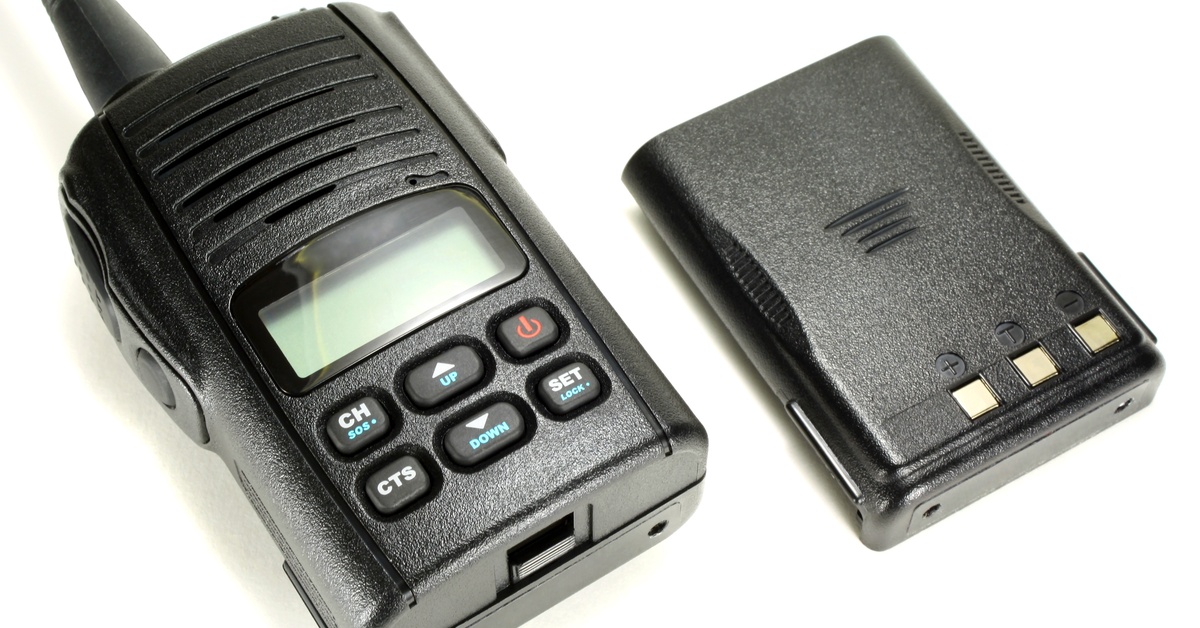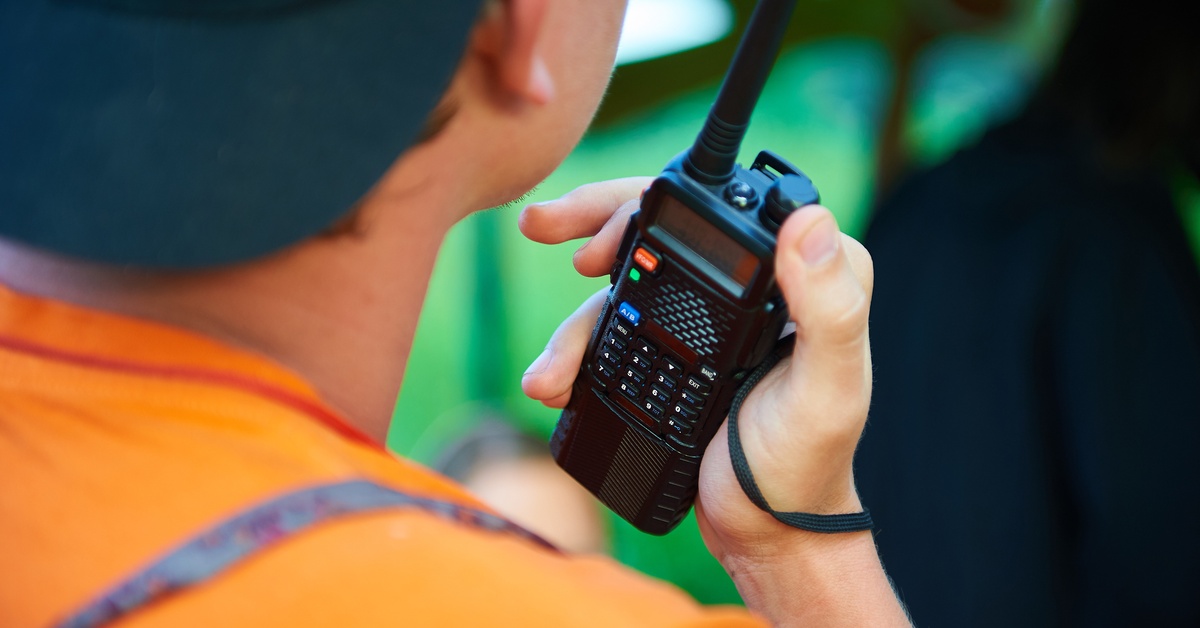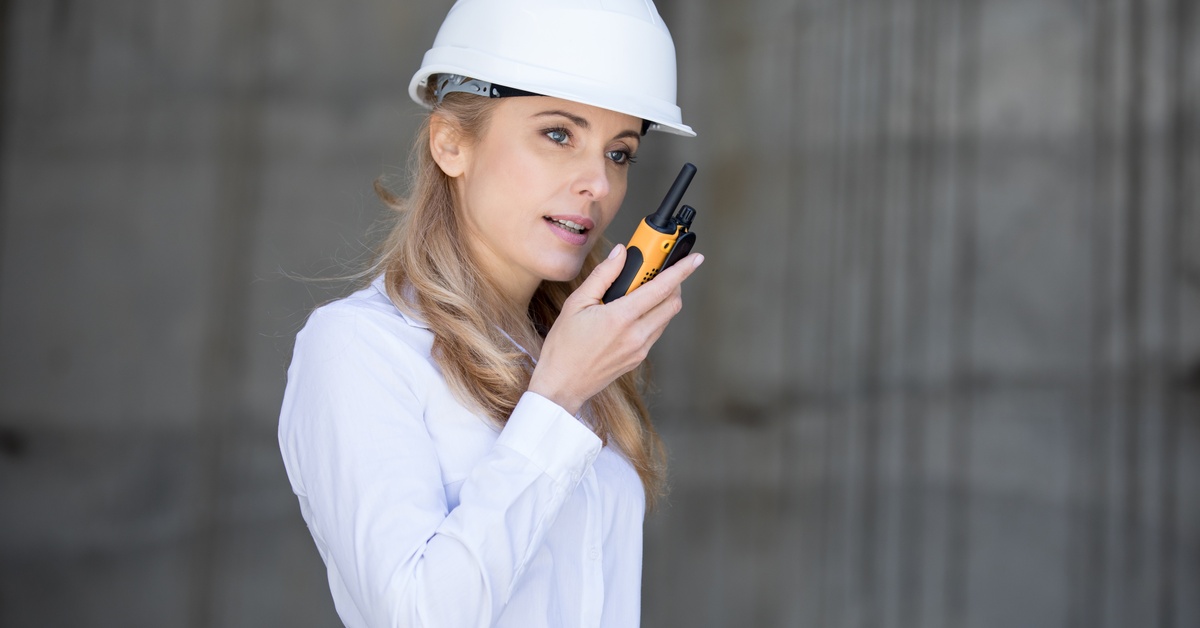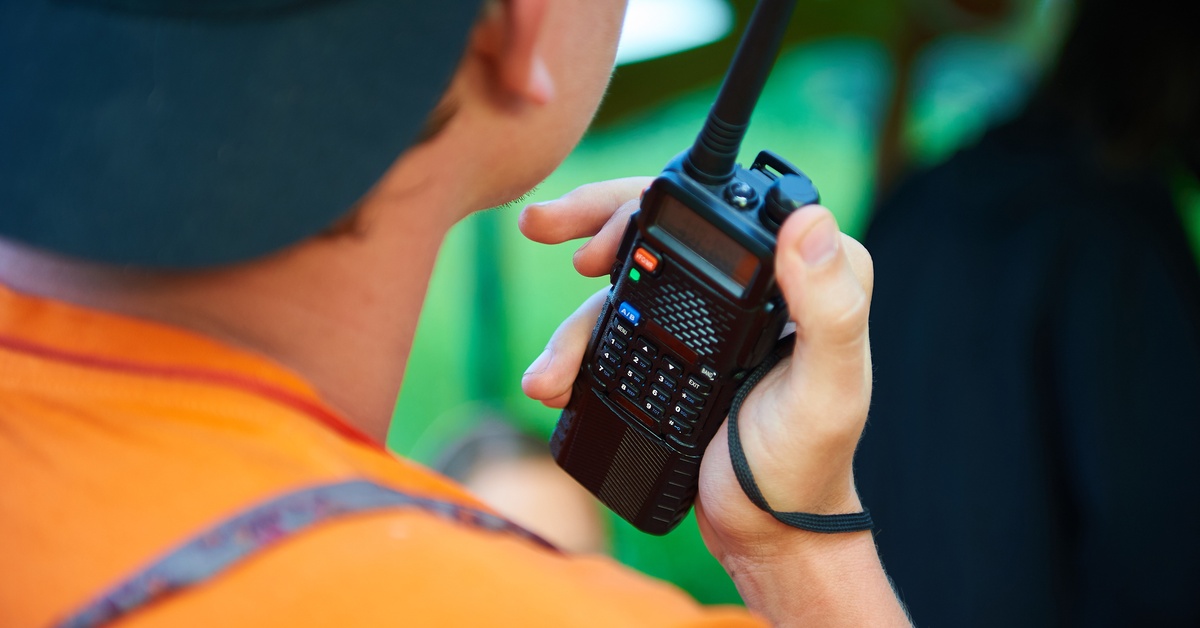Two-way radios are crucial devices for seamless communication across an array of industries, from construction sites to public safety departments. However, a commonly overlooked factor that directly impacts their efficiency is battery calibration.
Battery calibration might sound technical, but it’s a straightforward maintenance practice. Whether you’re using two-way radios occasionally or daily, implementing this process leads to better battery life, avoids unexpected shutdowns, and enhances their performance. Let’s explore the importance of battery calibration for two-way radios and how to perform it effectively.
Why Calibration Is Key to Radio Performance
Two-way radios rely on rechargeable batteries—typically lithium-ion—to function. Over time, these batteries can lose their capacity to hold a full charge due to something called calibration drift. When this happens, the battery’s performance metrics can no longer accurately reflect its real charge levels, resulting in misleading estimates. You might think your radio is fully charged when, in fact, it’s nearing depletion, or vice versa.
Calibration resets these metrics, ensuring your two-way radio displays the true capabilities of its battery. This process recalibrates the internal readings so they align with the battery’s actual state. By doing this, calibration prevents miscommunication between the radio and the battery, making sure your device can output warnings or updates with precision.
For professionals who rely on two-way radios for time-sensitive or emergency coordination, a false low battery alert or a sudden power-off can be disastrous. Every second lost to an unavailable communication line is a missed opportunity or a risk to safety. Calibration minimizes these risks.
How To Calibrate Two-Way Radio Batteries
The good news is that calibrating your two-way radio battery is not complicated. While each brand or model may involve slight variations, the overall process remains fairly consistent.
To start, ensure you have fully charged the battery, as using the device with incomplete charging for calibration can skew the results. Once the battery reaches full capacity, leave the radio powered on, using it normally or letting it run down entirely. This process, called a full discharge, allows the battery to communicate its true limitations.
Once fully depleted, charge the battery back to 100 percent without interruptions—using short spurts of charging at this stage might interfere with the calibration outcomes. The entire charge-discharge-recharge sequence helps establish an accurate baseline. Most two-way radios then update their internal software to reflect the adjusted metrics, completing the calibration.
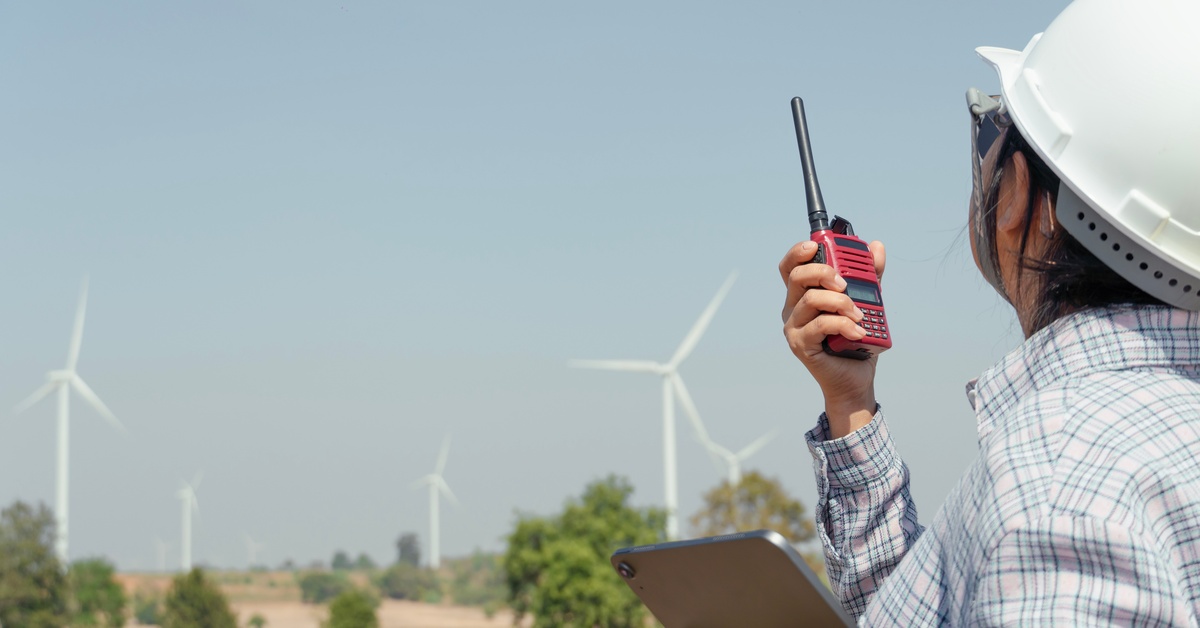
Troubleshooting Common Calibration Challenges
Sometimes, calibration doesn’t go as smoothly as expected. A handful of common issues can arise during the process.
Aging Battery
Users may find that their battery doesn’t seem to reach a full charge or it depletes suspiciously quickly after calibration. This situation often points to an aging battery. Over time, even the best-cared-for batteries lose their capacity due to natural wear and tear at a chemical level. If calibration doesn’t yield expected improvements, consider testing your two-way radio with a newer battery to verify the issue.
Compatibility
Additionally, compatibility can sometimes cause confusion. Different two-way radio models and their corresponding batteries may have unique calibration needs. Always consult the manufacturer’s guidelines before starting the process to avoid any unintended pitfalls.
Phantom Drains
Lastly, be mindful of phantom drains. These occur when background software features or settings consume battery power despite calibration. Adjust settings like brightness, volume, or GPS usage to better protect battery life before retrying the calibration process.
Benefits of Regular Calibration
For businesses and individuals alike, the benefits of routine battery calibration outweigh the effort it takes.
Enhances Reliability
Once calibrated correctly, the two-way radio takes a significant leap forward in terms of reliability. Your device will provide far more accurate battery readings, which translates into better preparedness.
Prevents Unnecessary Strain
Proper calibration also prevents batteries from experiencing unnecessary strain. Without this process, batteries can undergo irregular charge-discharge cycles, accelerating their decline. Regular calibration preserves the battery’s lifespan, saving money in the long run by preventing the need for frequent replacements.
Improves User Confidence
Calibrated radios improve user confidence. Imagine a field worker or public safety officer feeling secure in the knowledge that their radio won’t fail when they need it most. Calibration is, in many ways, about building trust—not just in your device but in the entire system or team relying on uninterrupted communication.
Increases Efficiency
For organizations managing multiple devices, regular battery calibration across a fleet of two-way radios leads to consistency. Equipment managers can oversee their operations more efficiently and minimize equipment downtime caused by battery-related issues. Better-performing devices benefit everyone involved.
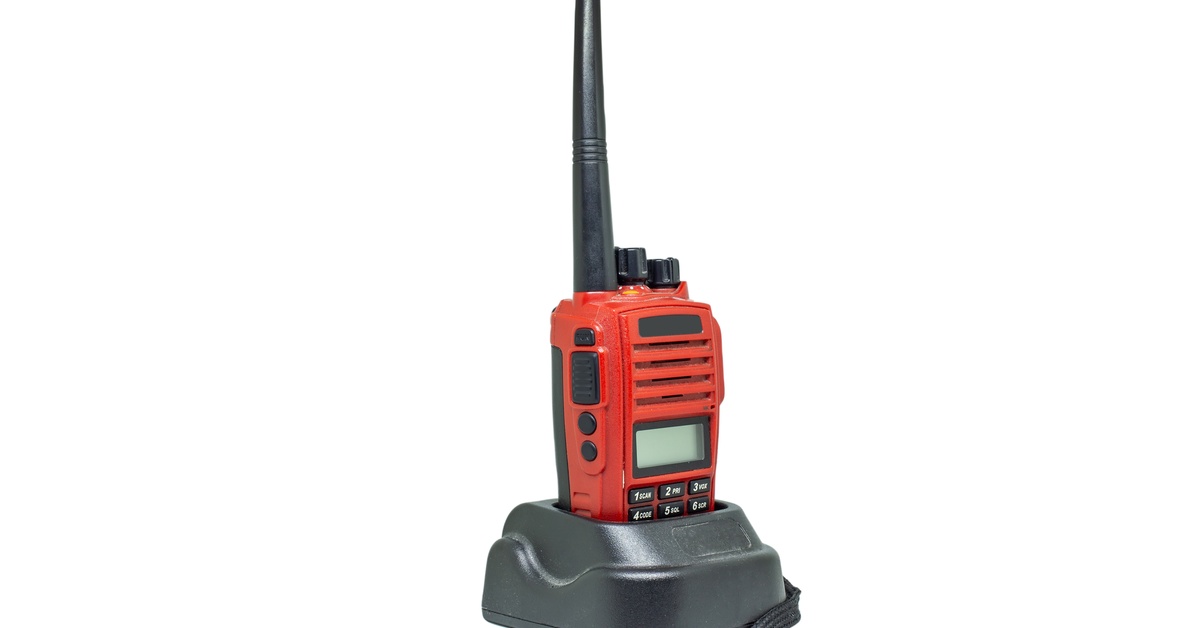
Industries That Rely on Two-Way Radios
The versatility of two-way radios means they play a vital role in a variety of sectors. The construction industry, for instance, depends on radios for seamless coordination on bustling worksites where loud machinery and expansive spaces can make communication challenging. Similarly, event management professionals use two-way radios to ensure everything runs smoothly, from directing crowds to handling emergencies.
Emergency services—fire departments, ambulances, and law enforcement—rely on radios for mission-critical communication. Given the high-stakes nature of their operations, keeping batteries calibrated and radios functional can save lives.
The military also finds communication devices indispensable. Every mission prioritizes the ability to send clear instructions instantly, underscoring the importance of battery calibration in ensuring operational success. And from retail to hospitality to logistics, any industry that values real-time communication benefits from well-maintained two-way radios.
Maintaining Reliability of Two-Way Radios
Two-way radios are vital for smooth coordination in professional environments. Yet, as critical as they are, their performance hinges on proper upkeep, and battery calibration plays a non-negotiable role in this equation. Ignoring calibration can lead to performance inconsistencies, leaving businesses or users vulnerable to communication disruptions. On the flip side, understanding the importance of battery calibration for two-way radios helps guarantee peak performance in any operating condition. The process makes sure you’re always prepared, whether it’s for a long day at a worksite, an emergency situation, or simply navigating regular daily operations.
If you use two-way radios with any frequency, it’s worth incorporating regular calibration into your maintenance routine. By doing so, you’ll prolong the lifespan of your devices, avoid surprises, and ensure your communication network runs smoothly.
Are you in need of a new battery for your two-way radio? Motorola CP200 radio batteries from Battery Distributors may be the perfect solution. Browse our selection or reach out to our team to learn how we can help you maintain clear communication when you need it most.



